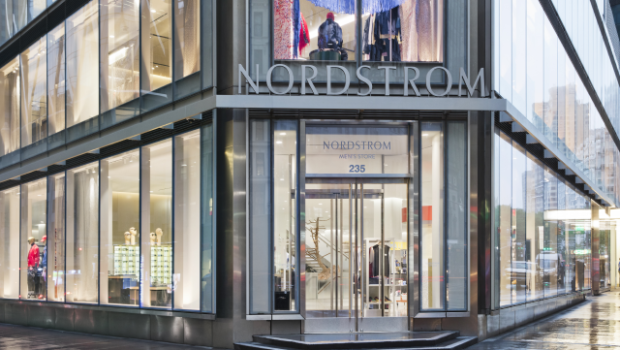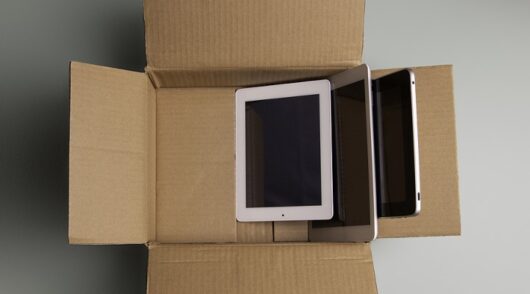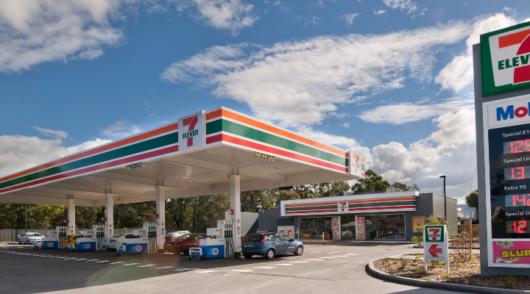
Big or small, local or international, most retailers offer the same kind of loyalty program – most of which look exactly the same. Spend $200, get $10 back. After your ninth purchase, get your 10th one free. Get 10 per cent off all purchases. Not a lot of retailers have changed their programs in the last few years – or truly understand the great business benefits they can potentially offer.
But US department store giant Nordstrom has a different approach to loyalty programs and it looks like its customers agree – the Nordy Club currently has 13 million+ members who spend four times more and make three times more visits than non-members.
While the program does have a traditional credit card model allowing members to earn points when they make a purchase, it’s open to cardholders and non-cardholders and leans heavily on its other assets such as Trunk Club, Nordstrom Rack, Hautelook and most importantly – experiences and emotional connection. Members have early access to sales and exclusive events, VIP invites to beauty and style workshops, free alterations, curbside pick-up and even an in-home stylist.
“Most of what Nordstrom did was take a look at what the customer needs, then they used their assets to give people those needs. Nordstrom wasn’t trying to sell their own agenda, they were looking at what’s most important to the customer and using it to create the emotional connection,” explains Sara Galloway, loyalty consulting director at Aimia, who work with the department store on its loyalty program.
“At no surprise, whenever we do research with US customers around loyalty programs, they all say they want cash. What is interesting about Nordstrom is that when you compare their program to other retailers, theirs isn’t the most generous. So it can’t be the concept of currency that’s creating the emotional connection – it has to be more than that.”
The largest pet store chain in the US, Petsmart, another client of Aimia’s, also seeks to create authentic relationships with their customers through their loyalty program. When a member shops for themselves and their pet, they can also give back to the retailer’s charitable donation causes.
“They’ve done great work in shifting outside being just transactional and being more emotional. Those are the kinds of things to think about doing in the loyalty space,” says Galloway.
Where generic loyalty goes wrong
So where do loyalty programs go wrong for retailers? While not always the goal, unfortunately, many businesses use them as another way to continue peddling another sale.
“Loyalty programs are becoming an expectation from the customer. And as a result of that, many businesses feel the need get something up quickly. Needing to launch something quickly, retailers fall back on their most available asset – discounts,” says Galloway.
“With this construct in place, the relationship between retailer and customer now becomes completely dependent on price – who’s giving your customers the best deal and how often you’re pushing a discount.”
Another common mistake for retailers is failing to understand their customer and breaking down their base into various segments. This leads to retailers offering irrelevant benefits to customers, which inevitably turn them off from the brand.
As Galloway explains, most retailers will come up with just the one generic persona without truly doing a deep-dive into what their customers are looking for.
“Take a look at your segments. Focus on the individual customer. It doesn’t have to be exactly one-to-one. Truth be told, if you’ve structured your program around three to seven segments, you’ll be set up for success,” she says.
Stepping into an unknown future
Right now, it’s hard to predict the future and what your customers’ shopping behaviours will be like, but it’s for this very reason that a great loyalty program will serve retailers well, says Galloway. After all, the strength of a loyalty program is in the data it can collect so brands can make necessary business decisions and better understand how customers are changing in the current climate.
“It’s important to use that data and analyse your past to know where you’re going to go in the future. With Aimia’s methodology, SmartJourney®, we take your historical data and analyse how your customers navigate across purchase periods throughout seasons and years, and even individual segment groups, to forecast where they’ll go in the next purchase periods,” says Galloway.
Based on that wealth of information, retailers are able to map customers’ journeys and work out the right time for someone to receive a reward or gain access to benefits.
Beyond that, retailers are now trying to work out how to continue their valuable relationships with their customers when their physical shops may be closed and events are no longer taking place.
“Your loyalty program is one of your strongest assets to maintain customer relationships. In today’s world, your customers are fragile. They’re saving more and spending less and maybe when they do spend, their basket size is larger, so their trips are smaller. Will the store relationship exist in the same way in the future?” says Galloway.
“When there’s so much change happening in the world, your loyalty program holds a place of continuity for the customer. No matter how hard things get, it will be here to wrap its arms around you and show you some love in a time when the world’s not showing us a lot of love.”
Contact Aimia to unlock innovative loyalty solutions for your brand to drive revenue, boost customer engagement and create brand advocates. loyalty@aimia.com





